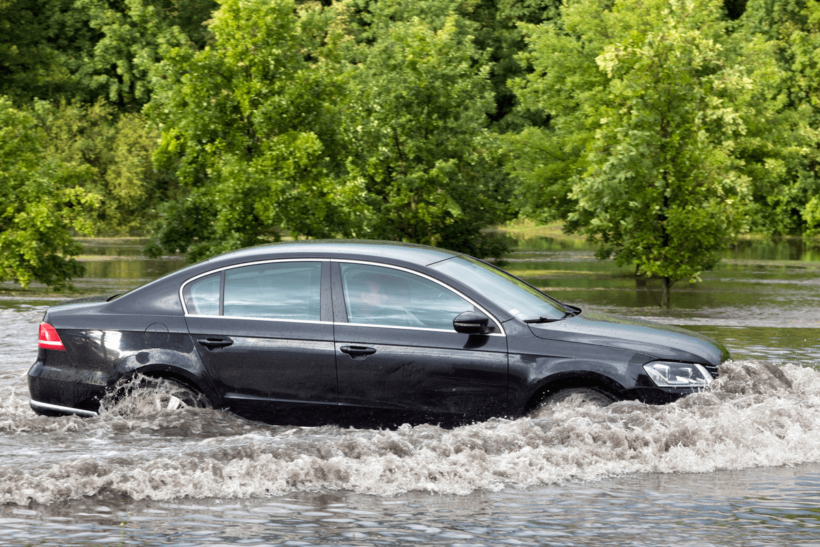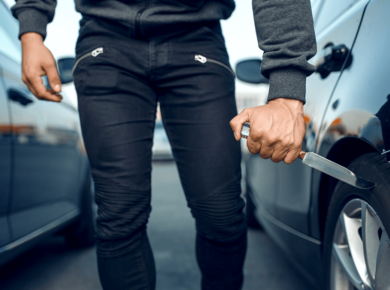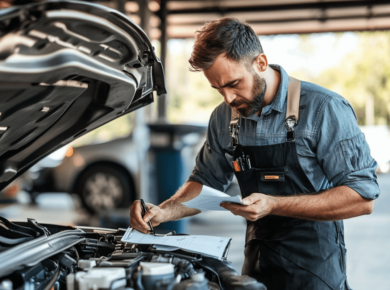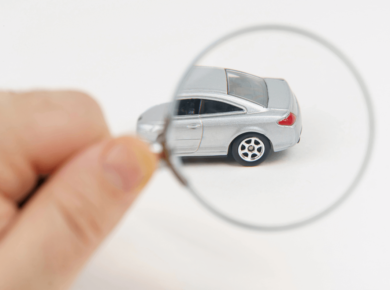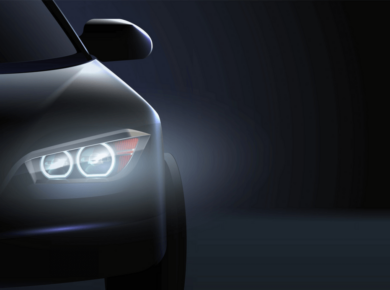Floods often damage vehicles, sometimes without obvious signs. Cars may appear undamaged externally but have serious internal issues, posing safety risks and costly repairs. That’s why car enthusiasts should know how to recognize signs of flood damage when buying a used car from private sellers or online car auctions. With Salvagebid, you will be well prepared and able to avoid any pitfalls in the second-hand vehicle market.
At our online car auctions, you can find different salvage cars for sale at a fraction of the price. To get your next desired vehicle, you just need to register on our website and place bids on cars you are interested in. The Salvagebid platform is your go-to source for used vehicles.
Signs that Help You Spot a Flood-Damaged Car
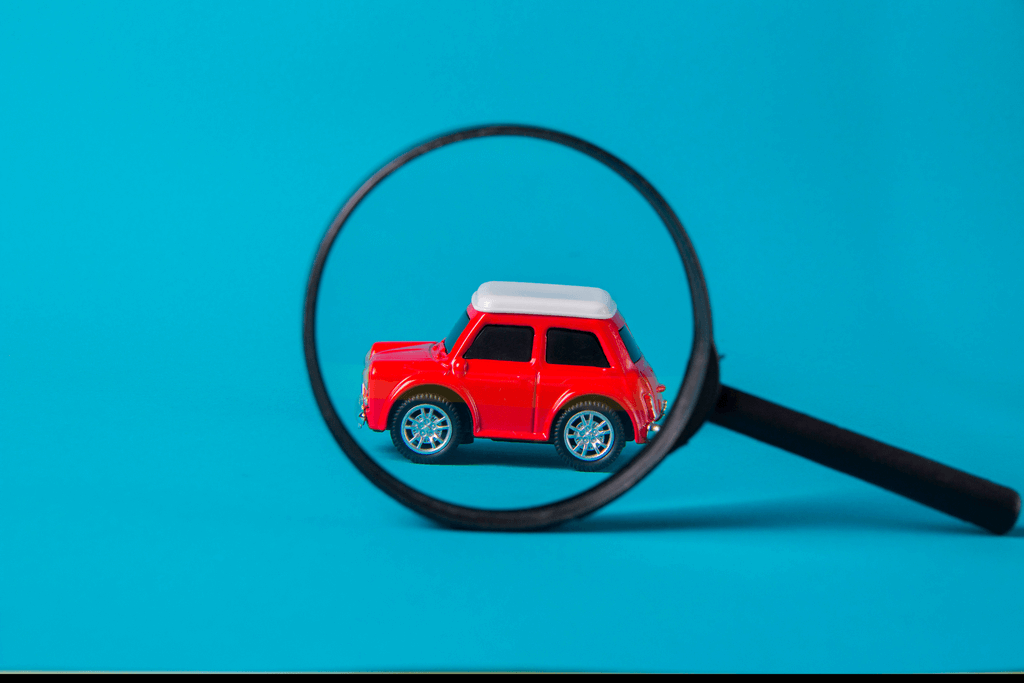
Buying a used car can be risky, especially when it comes to a car that may have been flooded. Experts draw drivers’ attention to a number of markers that can help determine if you’re being sold a wreck.
- The smell in the cabin. Pay attention to the smell you feel inside the used car. Flooded vehicles can smell like mold, dampness, or rot, especially if water has penetrated the interior and has not been sufficiently dried.
- Signs of a flood. Look for water stains, mold, or a musty smell, which indicate water exposure. Examine the carpet, upholstery, and trunk for moisture or signs of water damage. Also, check the interior for mud or debris that could have entered during a flood.
- The electric system’s condition. Examine the vehicle’s electronics and dashboard for malfunctioning parts. Floodwater can harm a car’s electrical system, leading to problems with the radio, air conditioning, power windows, and other electronics. If the car’s electronics aren’t working correctly or behave unpredictably, it could indicate that the vehicle has been flooded.
- Foggy headlights. Check for fogging inside the headlights and taillights. This can be a sign of moisture in the car’s optics, which indicates the possibility of flooding.
- Defective buttons. Pay attention to the operation of the buttons and switches in the cabin. If they don’t work properly or look damaged due to moisture, it could indicate a flooding-related issue.
- Clean engine. Take a look at the car’s engine. If it looks too clean, especially in an area where there should have been dirt or dust as a result of driving, it could be a sign that it has been thoroughly cleaned to hide flood damage.
- Uneven engine operation. Check the operation of the motor. Rough running or instability during idling may indicate problems caused by flooding.
- Fogging behind the dashboard. Look for fogging behind the dashboard. This could be a sign of moisture in the cabin, which could be due to flooding.
- Cleanliness of the luggage compartment. Check the luggage compartment for signs of moisture or dirt. If it looks too clean, it may be a sign that it has been thoroughly cleaned after a flood.
- Rust on the seat fasteners. Pay attention to the seat fasteners. If you notice rust or corrosion, it could be a sign that the car has been flooded. Aside from that, pay close attention to areas where water may have accumulated, such as the bottom of the doors, wheel wells, and the trunk.
- Checking the documents. Don’t forget to check the vehicle’s history and documentation and obtain a vehicle history report by doing a VIN lookup. If the car has been flooded, it should be reflected in its history, and you should be careful when purchasing it.
By following these tips and being attentive when looking for a used car, you can avoid buying a flood-damaged vehicle and make an informed choice.
The Takeaway
Spotting a flood-damaged car demands careful examination. Look for signs like water stains, mold, and odd smells. Check the electronics for malfunctions. Being vigilant is key to avoiding safety risks and costly repairs. Stay informed so you can find a dependable vehicle that suits your needs. Also ClearVin offers fast and easy access to the original Audi Window Sticker by VIN.
If you are considering buying a used car without breaking the bank, take a look at the Salvagebid online marketplace. To start your search, register at our online car auctions and start bidding. If you have any questions or requests, our team is at your disposal! Call +1 (360) 347-1300 from 7 a.m. to 4 p.m. (Pacific Time) Monday through Friday, or email support@salvagebid.com.
